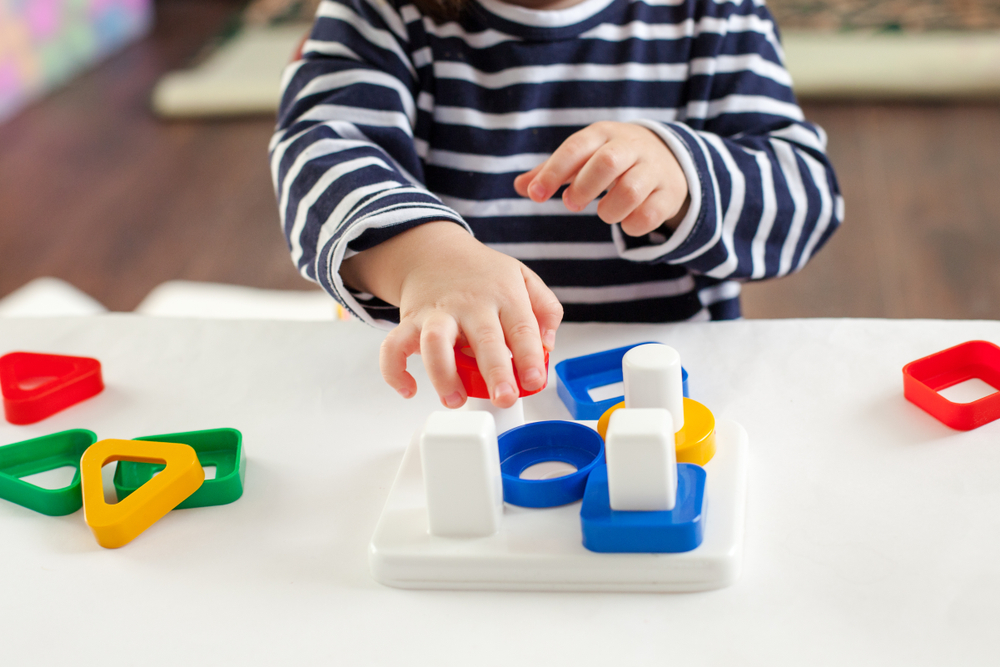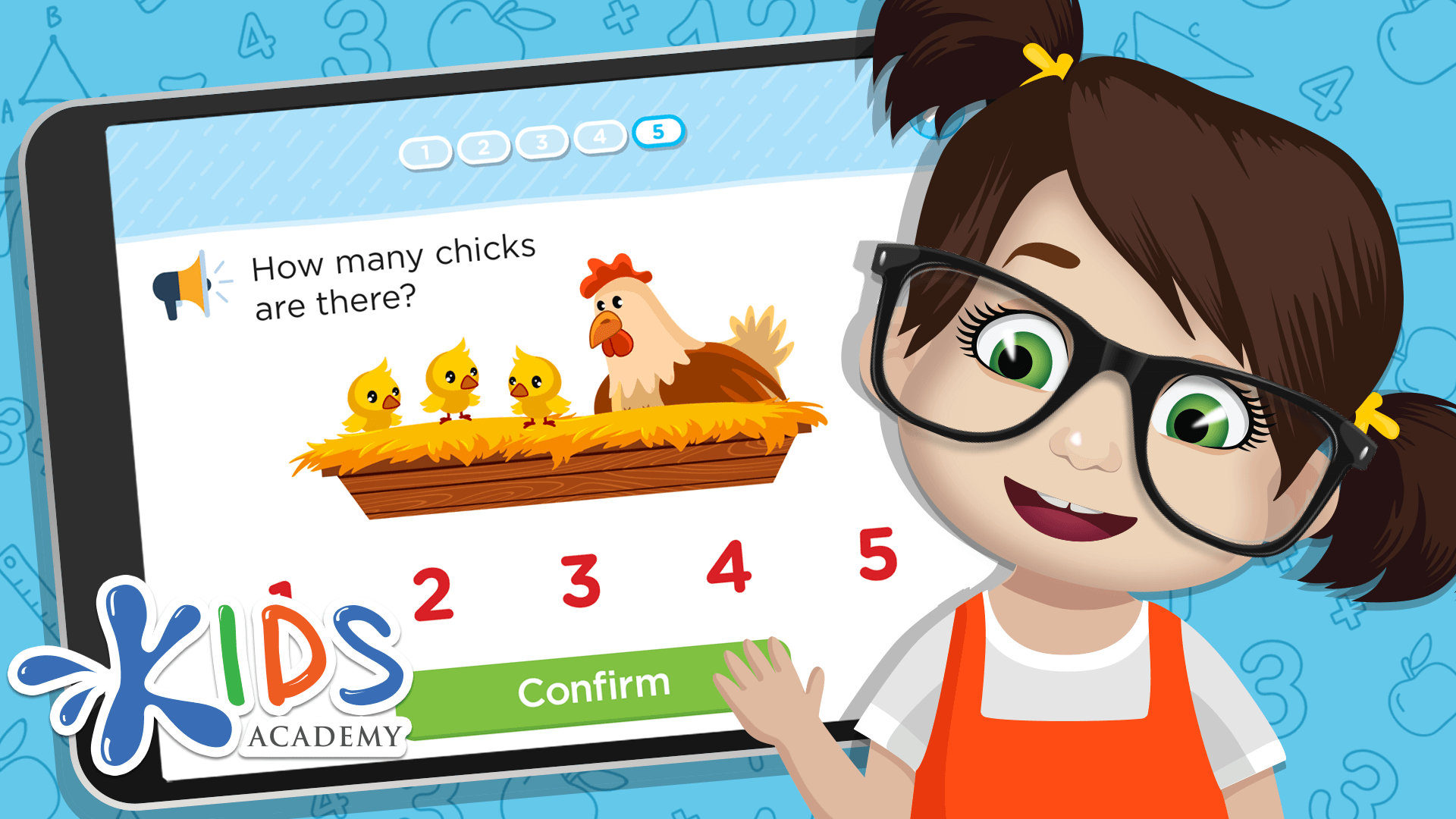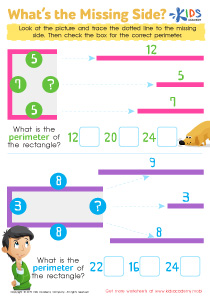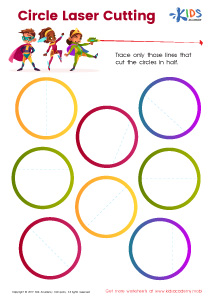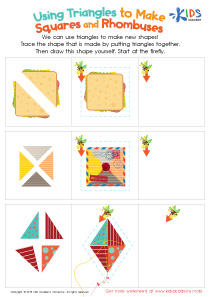Normal 2D Shapes Worksheets for Ages 4-6 - Page 2
32 filtered results
-
From - To
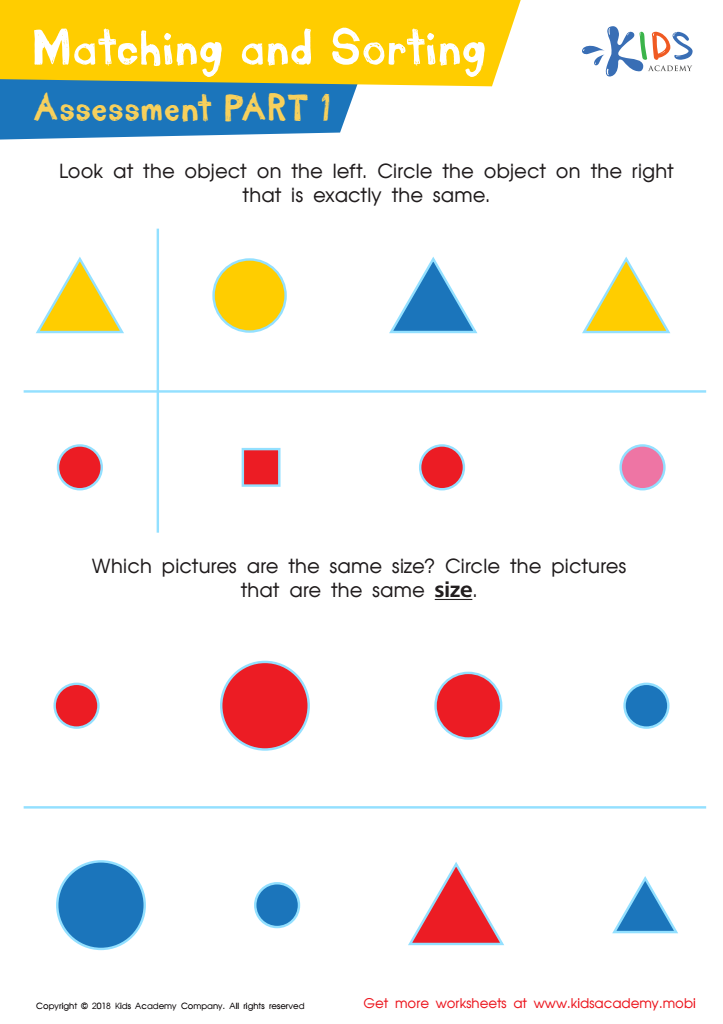

Matching and Sorting for Kindergarten: Assessment 1 Worksheet
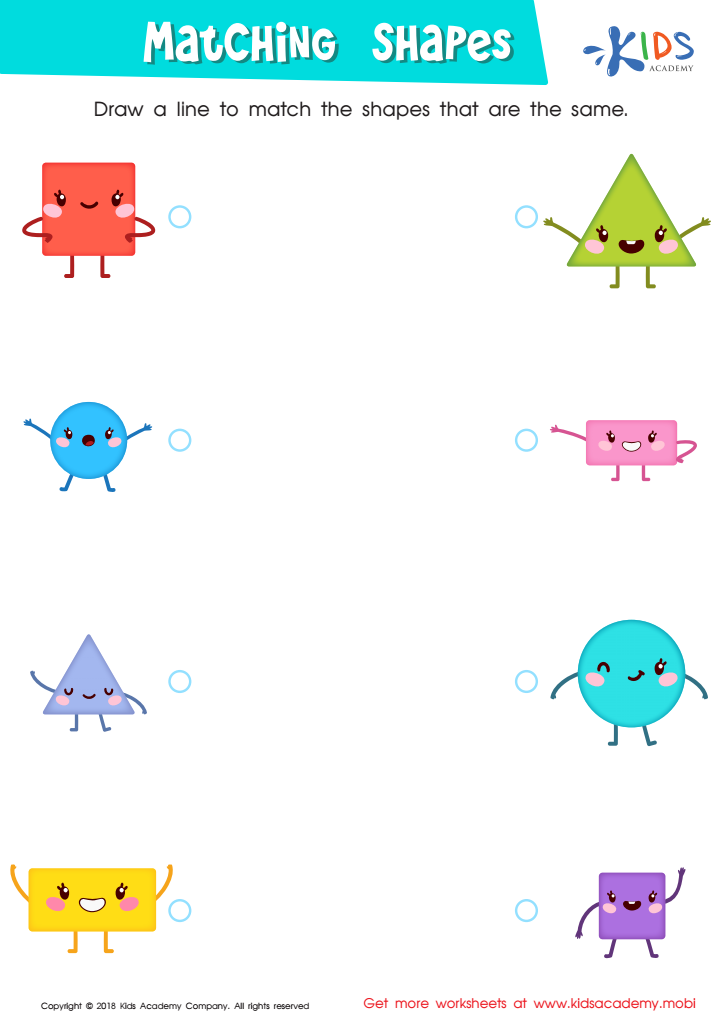

Matching Shapes Worksheet
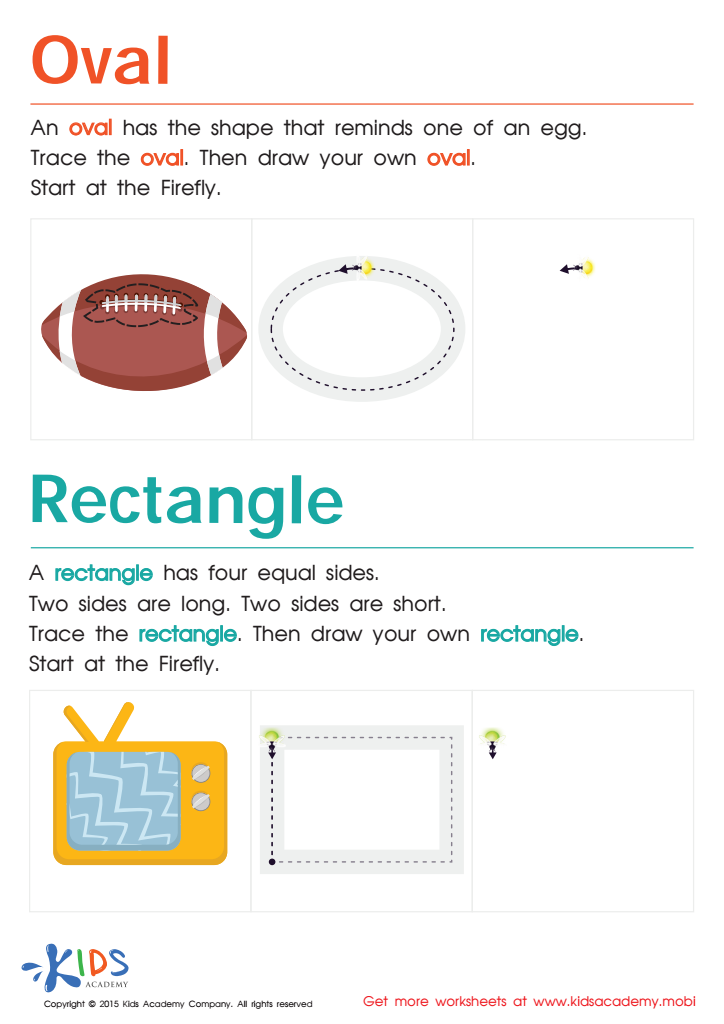

Easy Drawing of Ovals And Rectangles Worksheet
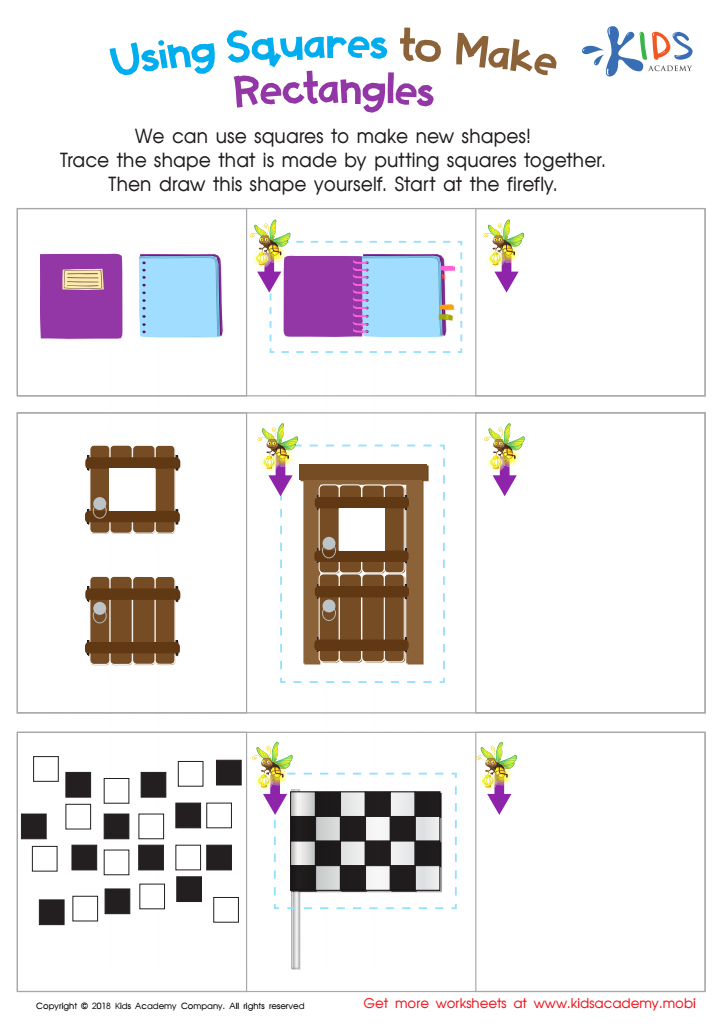

Using Squares to Make Rectangles Worksheet
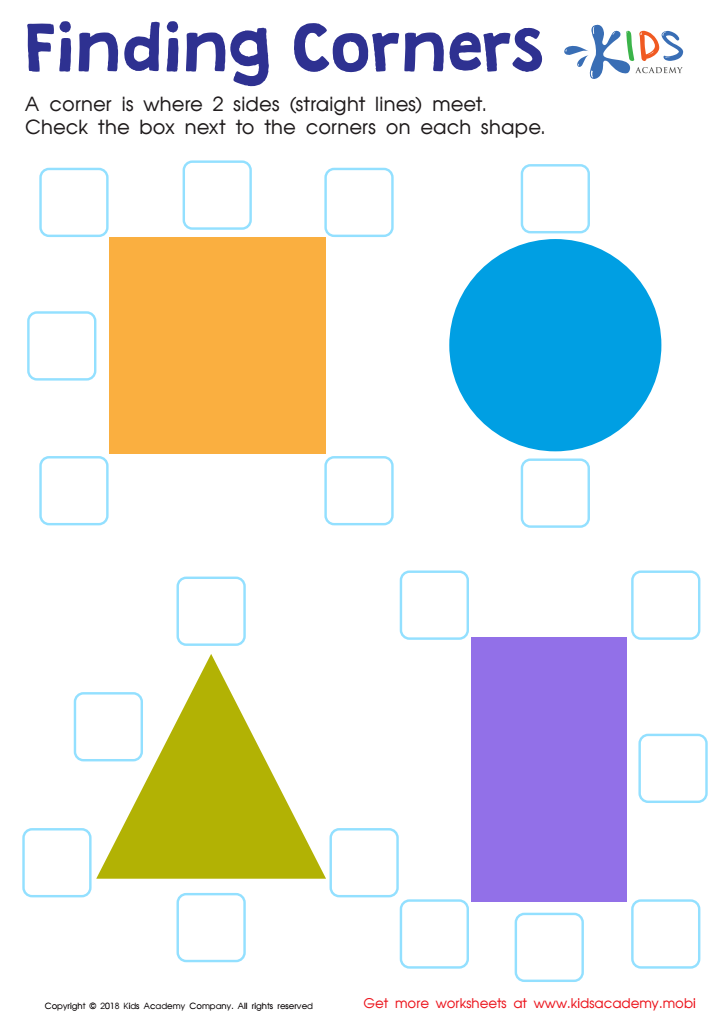

Finding Corners Worksheet
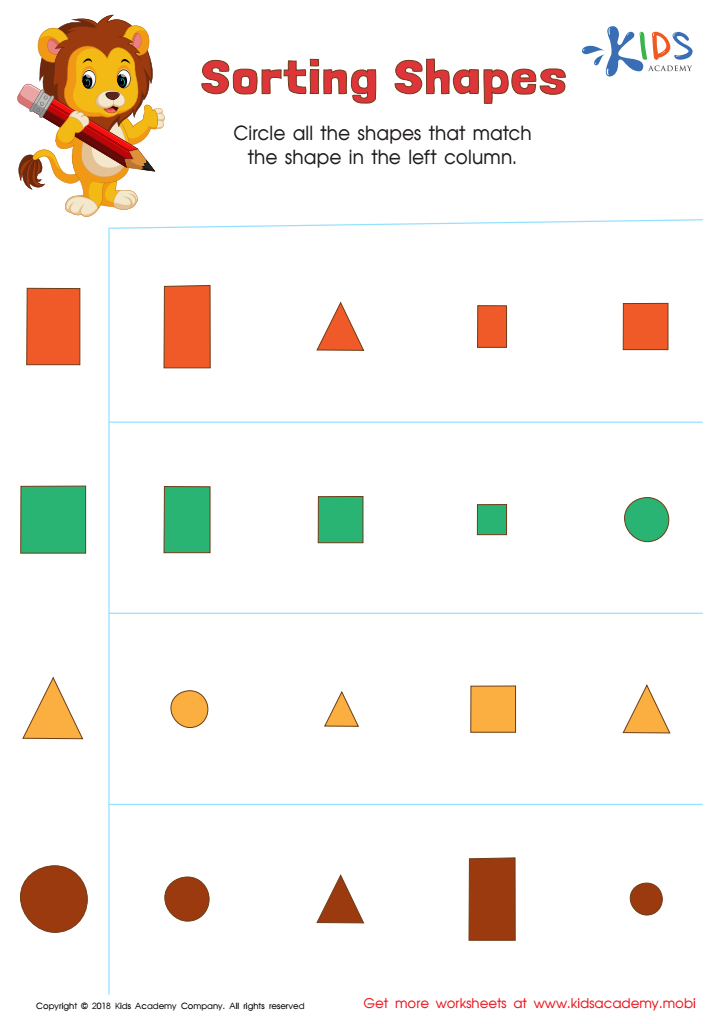

Sorting Shapes - Part 2 Worksheet
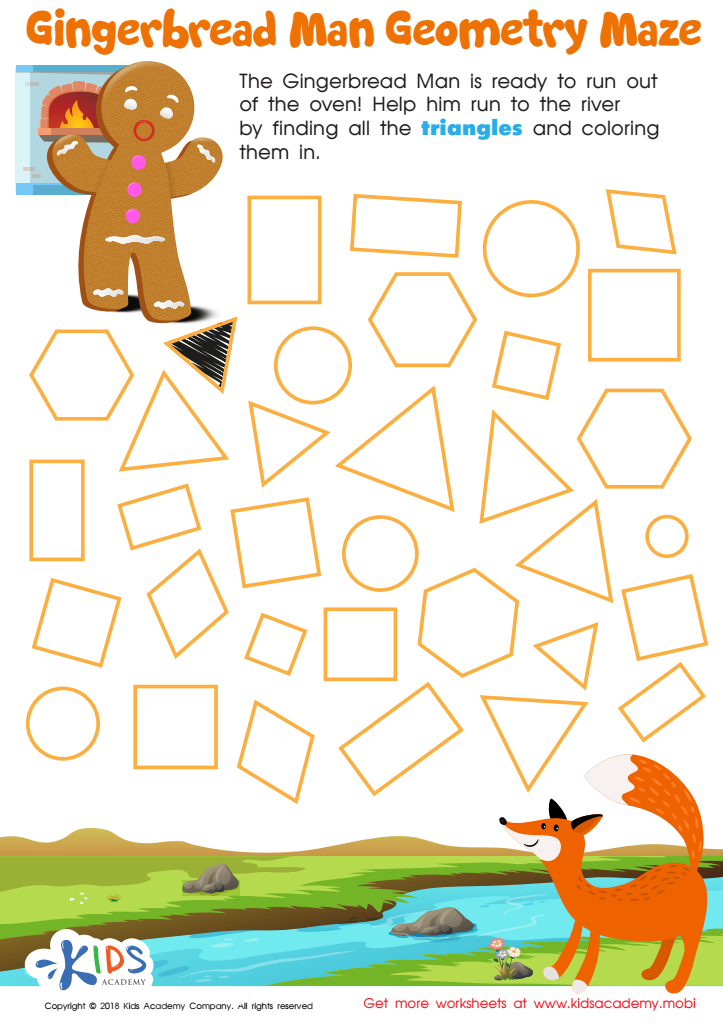

Gingerbread Man Geometry Maze Worksheet


Shape Pattern Fun Worksheet
Normal 2D Shapes worksheets for Ages 4-6 play an essential role in early childhood education, offering a foundation for understanding geometry and spatial relationships. These worksheets are designed specifically for young learners, making complex concepts accessible and enjoyable through engaging activities. Here are several reasons why they are incredibly useful:
-
Building Blocks of Geometry: Introducing children to Normal 2D Shapes at ages 4-6 lays the groundwork for more advanced mathematical concepts. Recognizing and understanding shapes is the first step in navigating the world of geometry.
-
Enhancing Cognitive Skills: These worksheets stimulate cognitive development by encouraging children to identify, compare, and contrast different shapes. Such activities boost critical thinking and problem-solving skills from an early age.
-
Supporting Fine Motor Skills: Drawing, tracing, and coloring shapes help improve fine motor skills, which are crucial for writing, cutting, and other daily tasks.
-
Promoting Language Skills: As children learn the names and characteristics of shapes, they expand their vocabulary. Discussing shapes also enhances descriptive language skills, enabling children to express their observations effectively.
-
Fostering Creativity: Normal 2D Shapes worksheets often include creative tasks such as crafting and coloring, allowing children to express their creativity while learning about shapes.
By integrating Normal 2D Shapes worksheets into the learning curriculum for ages 4-6, educators and parents provide children with a fun, interactive way to explore fundamental mathematical concepts, setting a strong foundation for future learning.
 Assign to the classroom
Assign to the classroom

